Risk of water shortage
Nam Dong is considered the “fire pan” of Thua Thien - Hue province because the temperature here is always 3 - 4oC higher than the plain. Although some irrigation works have just been upgraded, in the district, drought and lack of water for production in some rice fields still occur.
In Huong Phu commune, the current water level of Ka Tu lake project is quite low. If the hot weather continues, the risk of the lake drying up will cause many hectares of rice, corn, and peanuts in the Summer - Autumn crop to have no water for irrigation. Mr. Tran Bao Thang - Chairman of Huong Phu commune People's Committee said that the canal in the commune is about 6km long, serving irrigation for about 14 hectares of Summer - Autumn rice. In particular, the first-level canal from the culvert taking water from Ka Tu lake and the second-level canal leading to the fields were invested a long time ago, but are now degraded and cannot meet production needs. In conditions where the current hot weather continues, Summer - Autumn rice will certainly not be able to be grown due to lack of water for irrigation.
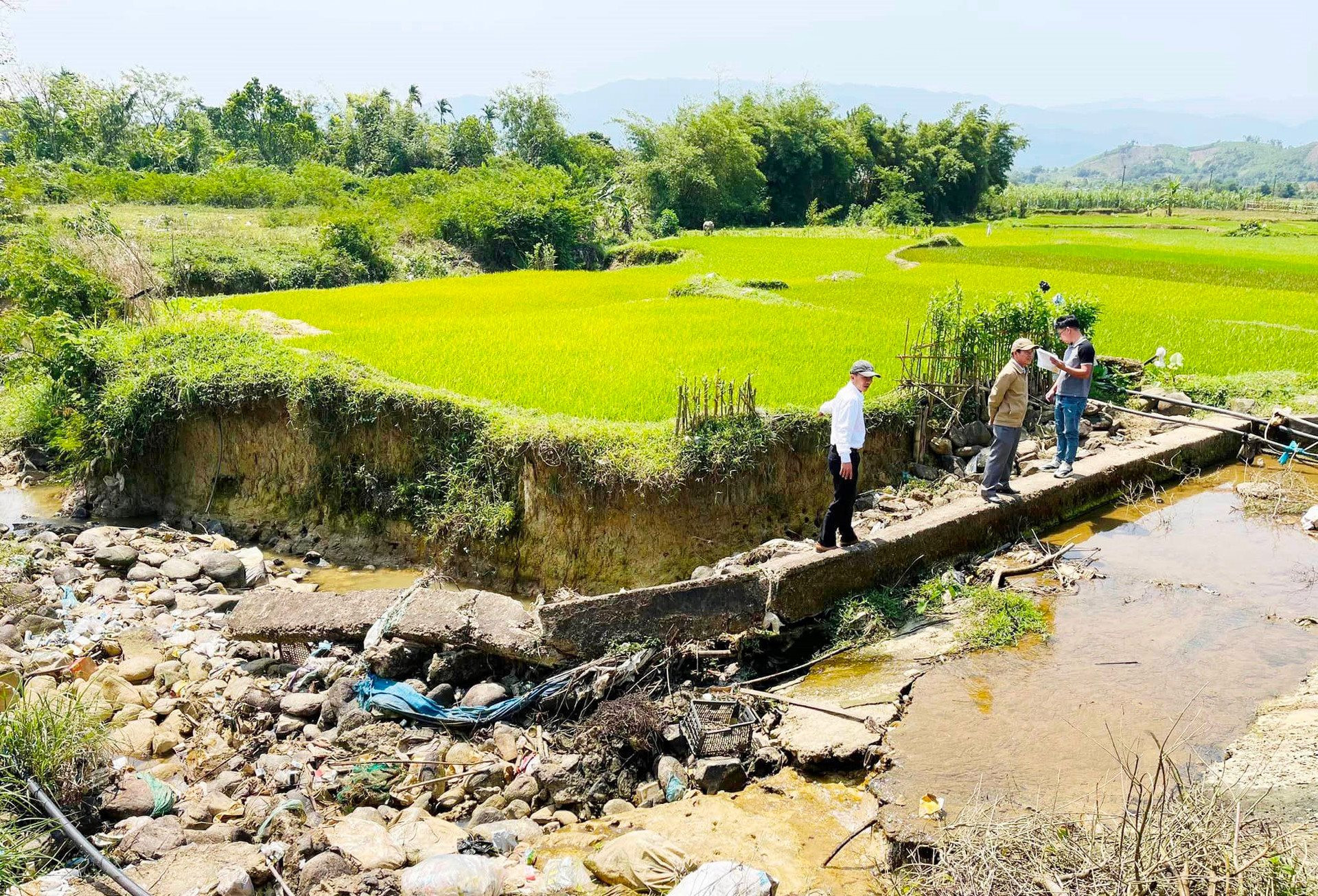
It is expected that in this crop, in the whole Nam Dong district, about 125 hectares of rice area will lack irrigation water, of which 73 hectares are recommended not to plant rice, mainly concentrated in the communes of Huong Xuan, Thuong Nhat, Huong Huu, Thuong Long...
In A Luoi district, river water sources and water levels in reservoirs in the area are decreasing sharply, and drought is at risk of occurring on a large scale.
A Roang is the locality with the largest rice area in A Luoi district with about 310 hectares/year. The Chairman of the People's Committee of A Roang - Ho A Lua commune informed that the whole commune has 27 medium and small irrigation works, of which 10 works are degraded and damaged, so many rice areas face the risk of water shortage in the dry season. With the current prolonged severe heat, about 30 hectares of rice in A Roang 1, 2 and A Men areas will face a water shortage leading to a very high risk of damage.
This is an area with an irrigation canal system invested in 2008, which is now degraded. The canal surface is broken, water seeps into the bottom, making it impossible to bring water to irrigate the fields.
“Since the beginning of the season, the commune has also reviewed this area and will change the crop structure appropriately in the condition of no additional water source in the middle of the season for irrigation works in the area. At the same time, we will dig and build canals, mobilize people to irrigate, regulate water economically and reasonably, especially for areas with the possibility of drought and the irrigation system is not proactive,” said Mr. Lua.
According to the Department of Agriculture and Rural Development of A Luoi district, for the Summer - Autumn crop, the rice area in the district is likely to be affected by water shortages of about 172 hectares, concentrated in 14 communes and towns including Dong Son, Lam Dot, Son Thuy, A Ngo, Quang Nham, A Luoi, Hong Bac, Hong Kim, Trung Son, Hong Van, Hong Thuy, A Roang, Phu Vinh, Hong Thuong. Of which, 33 hectares are likely to be completely lost and cannot be planted.
Proactive solutions
To be proactive in drought prevention and control, providing enough irrigation water for agricultural production in 2023, the People's Committee of Nam Dong district has allocated capital for communes to upgrade and repair key dams and canals such as Ka Zan, Khe Von, A Mang, Ba Ba with a budget of 3.26 billion VND from the district budget and the budget of the Provincial Irrigation Works Management and Exploitation Company Limited to carry out drought-fighting water pumping with a budget of about 70 million VND.
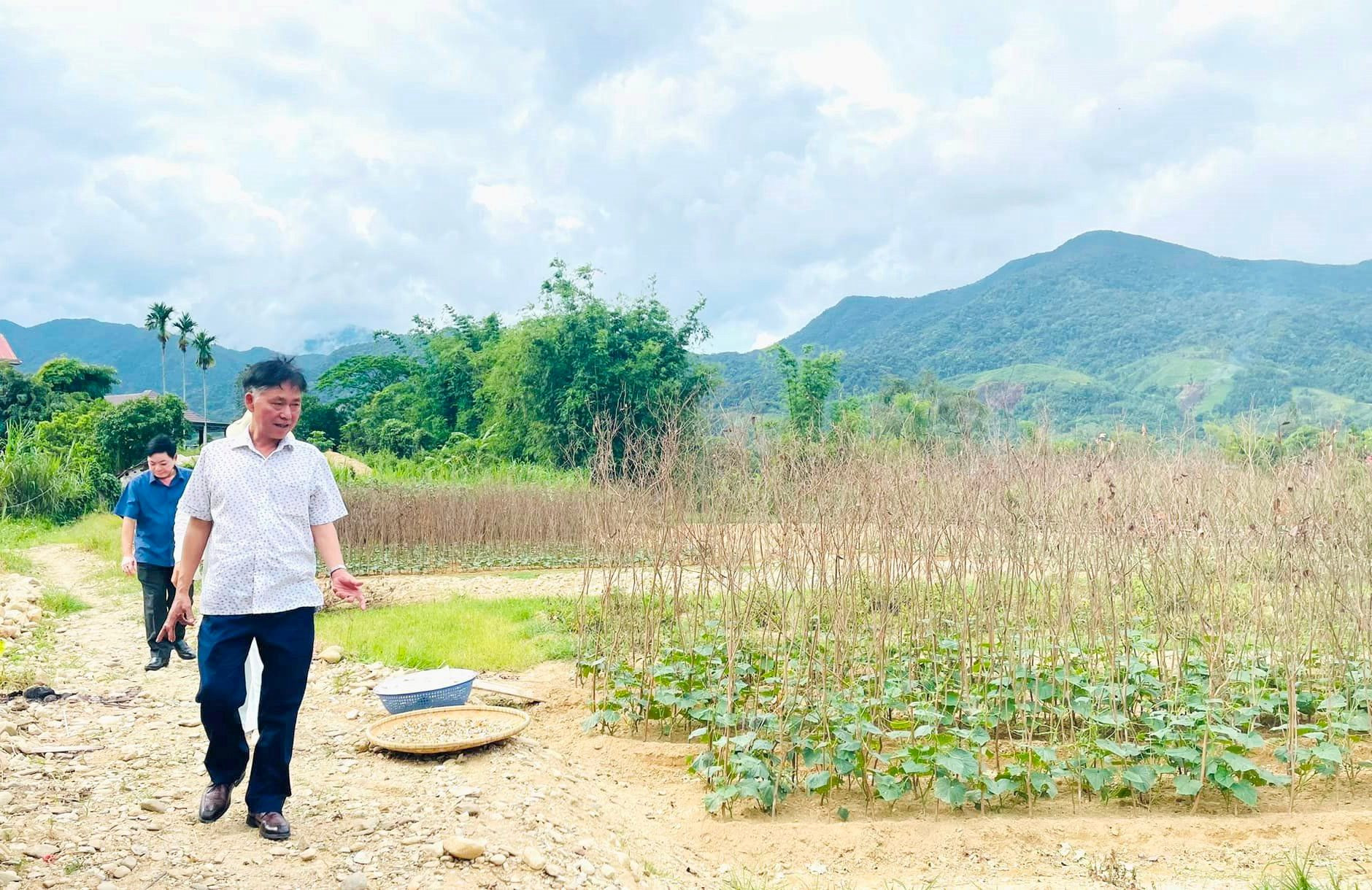
Require communes to proactively convert areas of land that are likely to lack irrigation water for the Summer-Autumn crop to grow short-term crops such as corn, beans, etc. with a converted area of 73 hectares. Implement reasonable water regulation solutions for canals and direct production households to strengthen and build embankments to retain water in the fields, take water reasonably and economically from canals into the fields according to the principle of prioritizing water supply to the areas at the end of the canal and the high areas first.
Mr. Van Lap - Head of the Department of Agriculture and Rural Development of A Luoi district said that the department will coordinate with the Provincial Irrigation Works Management and Exploitation Company to strengthen guidance and dissemination of advanced irrigation experience, water saving and efficiency for localities and people to apply. Provide technical guidance on intensive rice cultivation in the direction of water saving to effectively prevent and combat water shortages. Strictly manage water resources, prevent leakage and water loss through channels, distribute water reasonably and effectively and arrange specific irrigation schedules, rotate and water saving.
The People's Committee of A Luoi district has implemented immediate solutions such as using mobile oil pumps, taking advantage of lakes and streams to proactively irrigate rice when necessary. Upgrading and repairing damaged and degraded irrigation works and converting crops when there is a lack of water for rice. In the long term, the government has proposed to build large reservoirs and solidify irrigation works according to approved plans.
“The District People's Committee urges communes to strictly manage reservoirs combined with fish farming, absolutely do not freely drain water to harvest fish but must have a water reserve strategy, close the bottom discharge sluice. If the water level in reservoirs is lower than the bottom elevation of the water intake sluice, then implement irrigation by pump. For production areas with water supply that occur when drought occurs, it is necessary to focus on rescuing cultivated areas by measures such as using oil pumps to supply local irrigation water for each area, mobilizing people to make the most of water to fight drought when necessary" - Mr. Lap said.
Source


![[Photo] National Assembly Chairman Tran Thanh Man attends the VinFuture 2025 Award Ceremony](/_next/image?url=https%3A%2F%2Fvphoto.vietnam.vn%2Fthumb%2F1200x675%2Fvietnam%2Fresource%2FIMAGE%2F2025%2F12%2F05%2F1764951162416_2628509768338816493-6995-jpg.webp&w=3840&q=75)




![[Photo] 60th Anniversary of the Founding of the Vietnam Association of Photographic Artists](/_next/image?url=https%3A%2F%2Fvphoto.vietnam.vn%2Fthumb%2F1200x675%2Fvietnam%2Fresource%2FIMAGE%2F2025%2F12%2F05%2F1764935864512_a1-bnd-0841-9740-jpg.webp&w=3840&q=75)
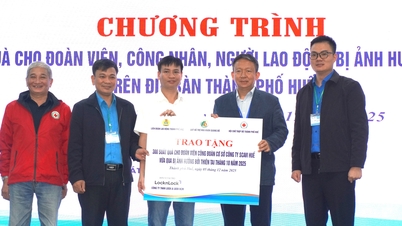



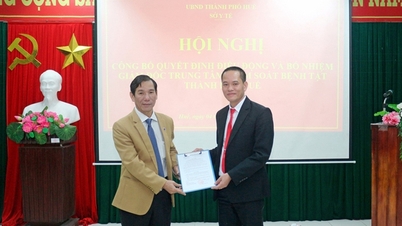

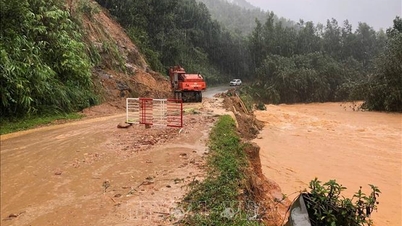

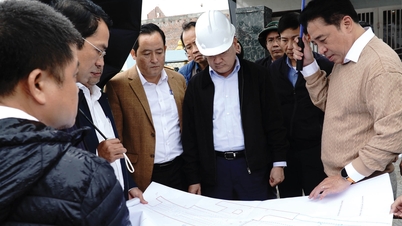
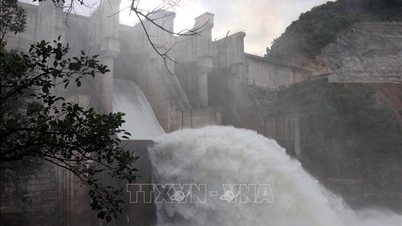
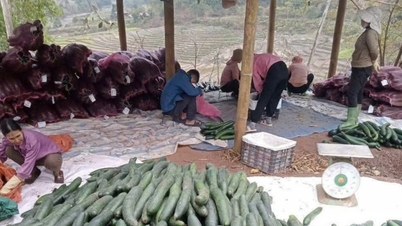






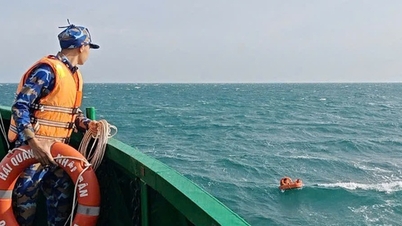

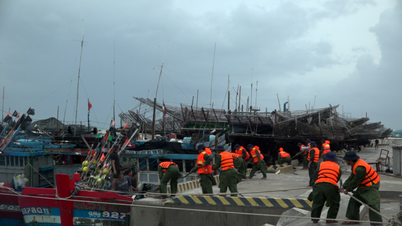





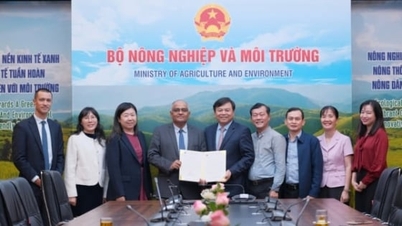
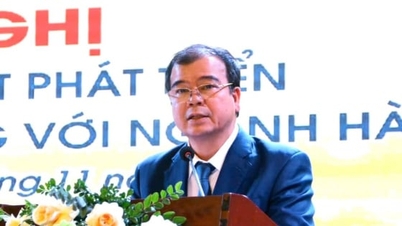
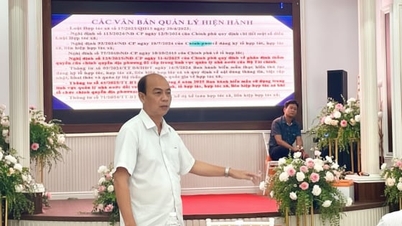
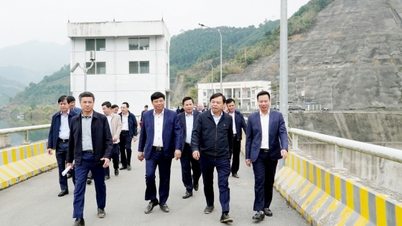
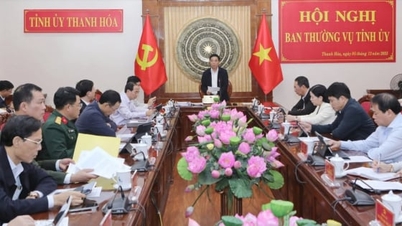



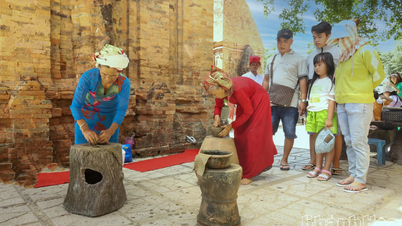










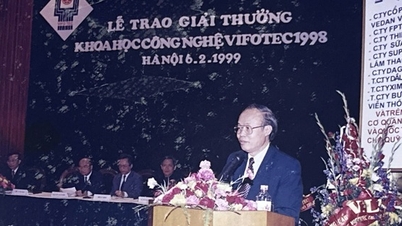






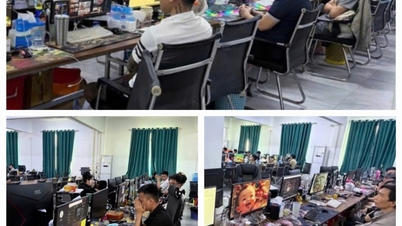
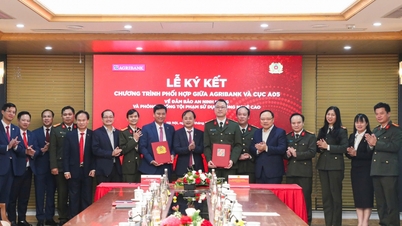


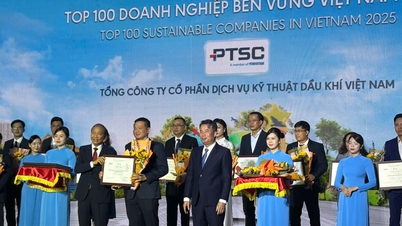













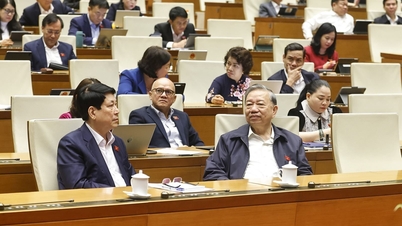

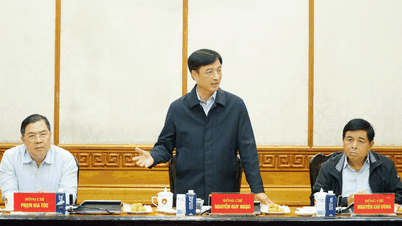

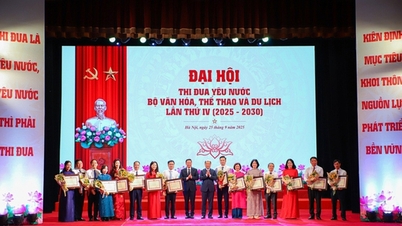

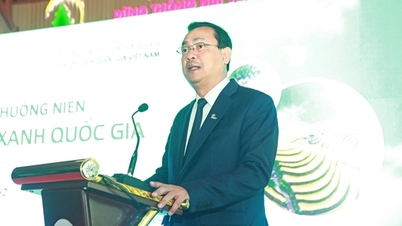
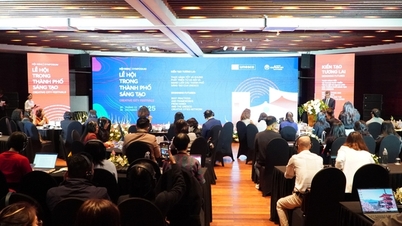



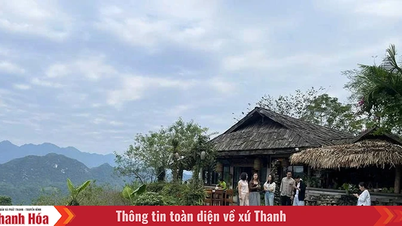

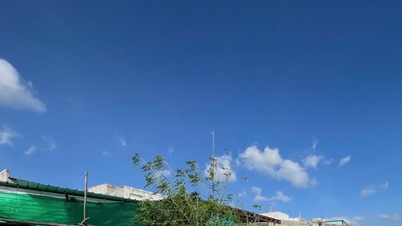
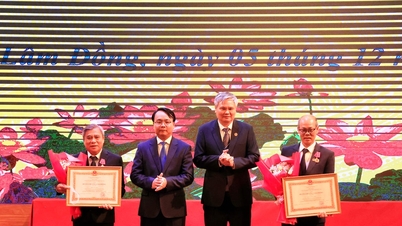
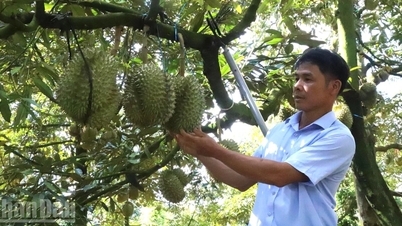
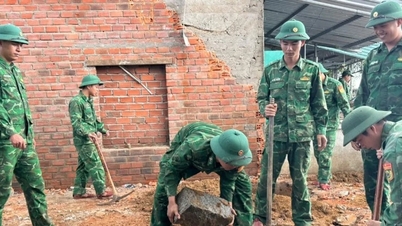











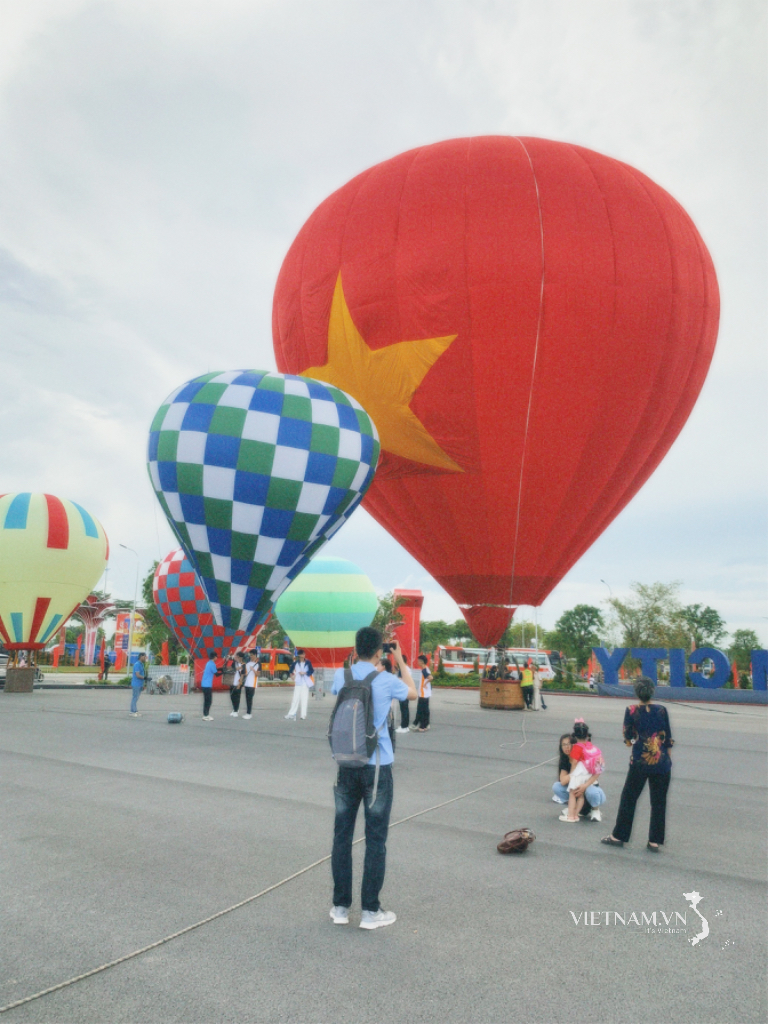
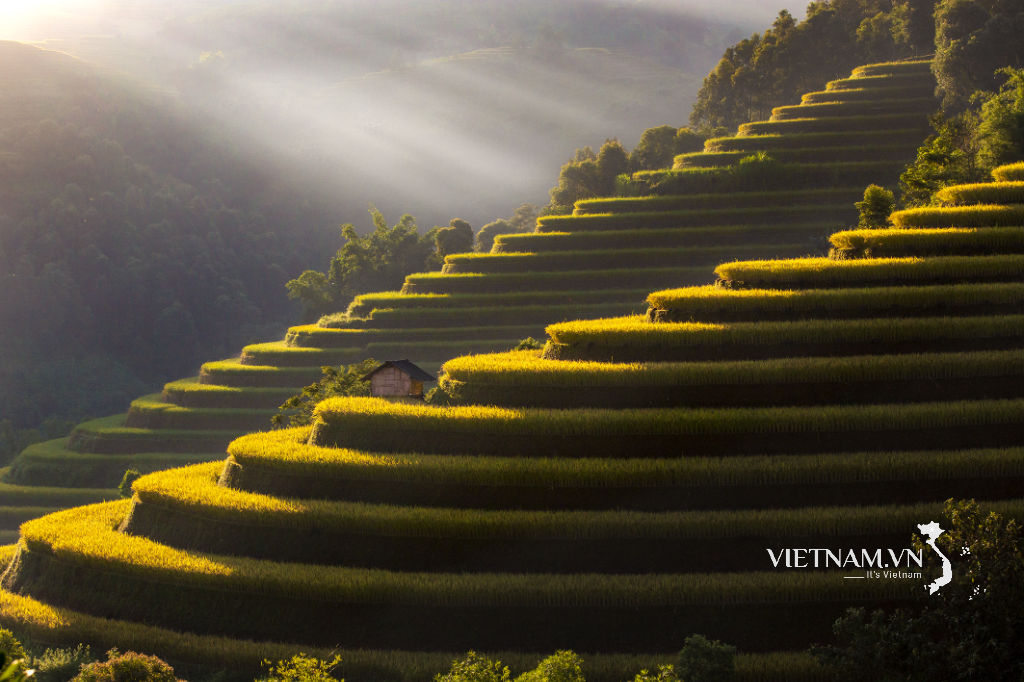




Comment (0)